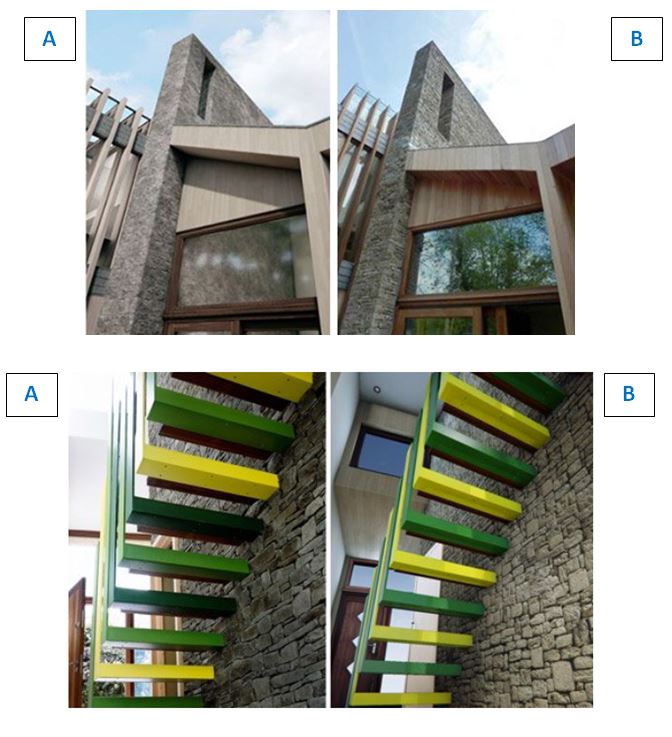Will Virtual Reality provide Architects with a whole new way of designing in the future?
The emergence of virtual reality applications for architecture has been one of the big stories of the past few years. This new technology is not only shaping our schools or our ability to play games, but also the way we construct our buildings and homes.
VR technology has so much potential for architects and designers. From initial design mock-ups, to project collaboration, through to the finishing touches that make a building design go from good to great, virtual reality possesses the capability to really sell an idea better than any other medium.
This technology is now within reach of Architectural and Construction companies of all sizes with the availability of affordable tools, from HMD (Head Mounted Display) sets, which is a device worn on the head, to work station hardware specifically developed with VR in mind. In this article we’ll touch upon the unique ways VR can be used in architecture and the benefits it has provided so far.
Will every architect practice soon design using 3D goggles?
Well, according to the design and visualiser Oliver Demangel, who works for London based 3D imaging company IVR Nation, he believes the above statement will become true. However, for those of you unfamiliar with the Oculus Rift goggles and the benefits of this product, here’s a short video Oliver created back in 2011. The film captures how this application can enhance the design process for specifiers during the early stages of the project.
In the video the virtual reality model is based on Ty Hedfan – a house in Wales designed by Featherston Young architects, which was built entirely by using photos and plans found online.
VR will truly transform the way architects work in the future and with the added benefit of rendering lighting in real time which allows a client to switch lights on and off to see how different lights setups can affect the space, and completely improve the customer experience.
Can you spot the difference? – Which image below is the virtual one? Find the answers at the bottom of this article.
Example of what VR can offer the construction and architect industry?
Design on the fly
In this video another London studio showcases the power of VRtisan technology using virtual reality.
One of the biggest challenges faced by architects is the ability to convince a client that a design works, before receiving valuable feedback. A fantastic benefit to using VR is its ability to immerse the user in a fully interactive 3D environment, giving them the opportunity to explore a virtual representation of a room/building before it is built speeding up the whole process between architect and client.
Top three benefits of VR
- Starts up costs are low: With the Oculus Rift starting at £399 combined with the cost of computers the start up cost is relatively low and if the additional set up cost gains a few extra clients, then technically it’s already paid for itself.
- Speeding up and enhancing the design process: Giving the client a virtual interactive360 experience in great detail is an advantage and one which also helps to speed up the design process. This means your company spends less time reworking model versions for the client but overall enhances the customer experience.
- Simulates real-life scenarios: It is possible to reproduce real life situations and test how they interact with the environment for instance, when calculating where the location of emergency exists should be, VR allows you to develop computer models simulating this scenario and testing how long it would take to locate and exit through the fire escapes. Having such an insight could help create safer, more robust buildings in the future.
What are your views on a virtual design service? Is your company ahead of the trend?
Read our ‘What part can Virtual Reality play in our classrooms?’ Article to see how this technology will impact the education sector.
|



